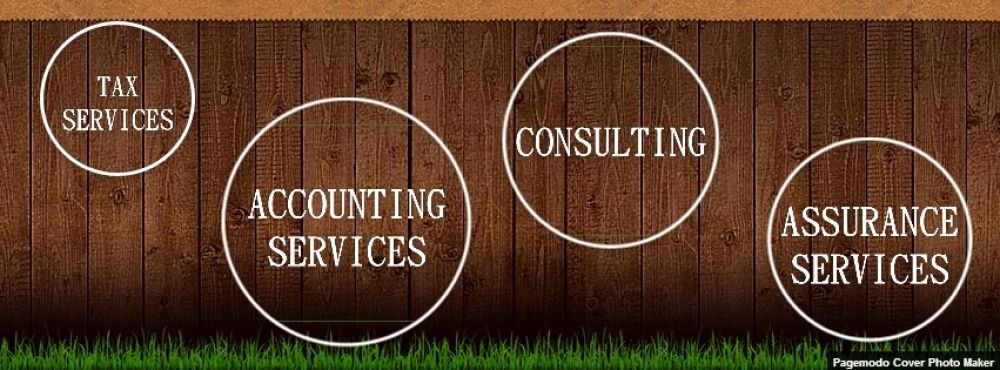Today marks the 8th anniversary of Hurricane Katrina. Every year between August & October hurricanes roll through the Gulf Coast. Small business owners should remember to prepare their business much like their home.
Whether your small business survives a natural disaster may depend as much (if not more) on the plans you put in place now, before a disaster occurs, as on what you do after a disaster strikes. Here are some disaster preparedness ideas for you to consider for your small business.
After the disaster
Natural Disaster Planning for Small Businesses - 360 Degrees of Financial Literacy
AICPA
For more information on this topic or questions please call our office (601) 649-5207
Whether your small business survives a natural disaster may depend as much (if not more) on the plans you put in place now, before a disaster occurs, as on what you do after a disaster strikes. Here are some disaster preparedness ideas for you to consider for your small business.
Before the disaster
Evaluate possible natural disasters that may affect your small business. Determine the probability of a disaster occurring and its likely impact. Some natural disaster risks to consider might include hurricanes, tornadoes, straight-line winds, thunderstorms, lightning, snow and ice storms, avalanches, extreme temperatures, flooding, drought, volcanoes, earthquakes, tsunamis, mudslides, sinkholes, and wildfires.
- Identify the critical functions of your business that must be maintained or restored as soon as possible. Be sure to consider the means of communication for your business, whether through phones, Internet access, or direct contact at a physical location. Also, consider possible disruptions to your supply lines.
- Identify critical functions of your business that require power. Consider a power backup solution in case of a power outage.
- Estimate the revenue that may be lost if disaster strikes. For both the short term and longer, will you still have goods or services to provide, and customers to purchase them?
- Identify expenses that must be paid even if a natural disaster strikes. For example, mortgage, lease, or rental payments may still need to be made even after a disaster strikes your business.
- Keep emergency contact information handy and in a safe place. Also, back up all of your critical data and keep a copy at one or more other safe locations. If your small business has more than one location, consider whether operations could be redirected to other locations if a natural disaster strikes at one location.
- Maintain one or more disaster kits. Consider stocking the kits with water, nonperishable food, a flashlight, a portable radio, batteries, a first aid kit, and a cell phone.
- Consider any steps that could mitigate the risks of a natural disaster. For example, rent or build facilities that may withstand the forces of a hurricane or an earthquake, or locate on sites less prone to flooding.
- Insure against losses to your small business resulting from natural disasters. Property insurance may insure against some damage to property. Key person life insurance may protect against the loss of a key employee. Business interruption insurance may cover certain expenses if you are unable to operate your small business due to a natural disaster.
- Caution: Special insurance may be required if you wish to insure your small business against certain natural disasters such as flooding or earthquakes.
- Communicate your business plans for a natural disaster with your employees. Consider running a disaster drill to put your plan to the test.
- Monitor impending or approaching potential natural disasters, where possible. Take appropriate steps to keep your employees and yourself safe.
After the disaster
- Communicate with your employees. They may have to deal with personal disaster-related issues of their own.
- Focus initially on restoring critical functions as quickly as possible. Hopefully, any planning you did prior to the disaster will serve you well.
- Document any damage or losses and contact your insurance company or agent. You may need to mitigate damages (for example, having a roof that is damaged tarped so that further damage does not occur).
- The Federal Emergency Management Agency (FEMA), along with state and local governments, may provide some assistance. However, most assistance provided by FEMA is to individuals, rather than to businesses, and is intended to provide only for essential needs. The assistance cannot duplicate any benefit you receive from insurance.
- The Small Business Administration (SBA) can provide a disaster loan for up to $2 million (generally, at favorable terms). The loans cannot duplicate any benefit you receive from your insurance or FEMA. The loans can be for losses that are not covered by or compensated for by your insurance (including deductibles). The loans can be used for the repair or replacement of certain physical property used in your small business, or for normal financial obligations of your business that you could have met if the disaster had not occurred.
- If your business is in a federally declared disaster area, you may be entitled to special tax treatment. This may include an extended time for filing tax returns and paying tax, or certain other favorable tax provisions occasionally granted to individuals who work or live in a federal disaster area.
Natural Disaster Planning for Small Businesses - 360 Degrees of Financial Literacy
AICPA
For more information on this topic or questions please call our office (601) 649-5207

















.jpg)

